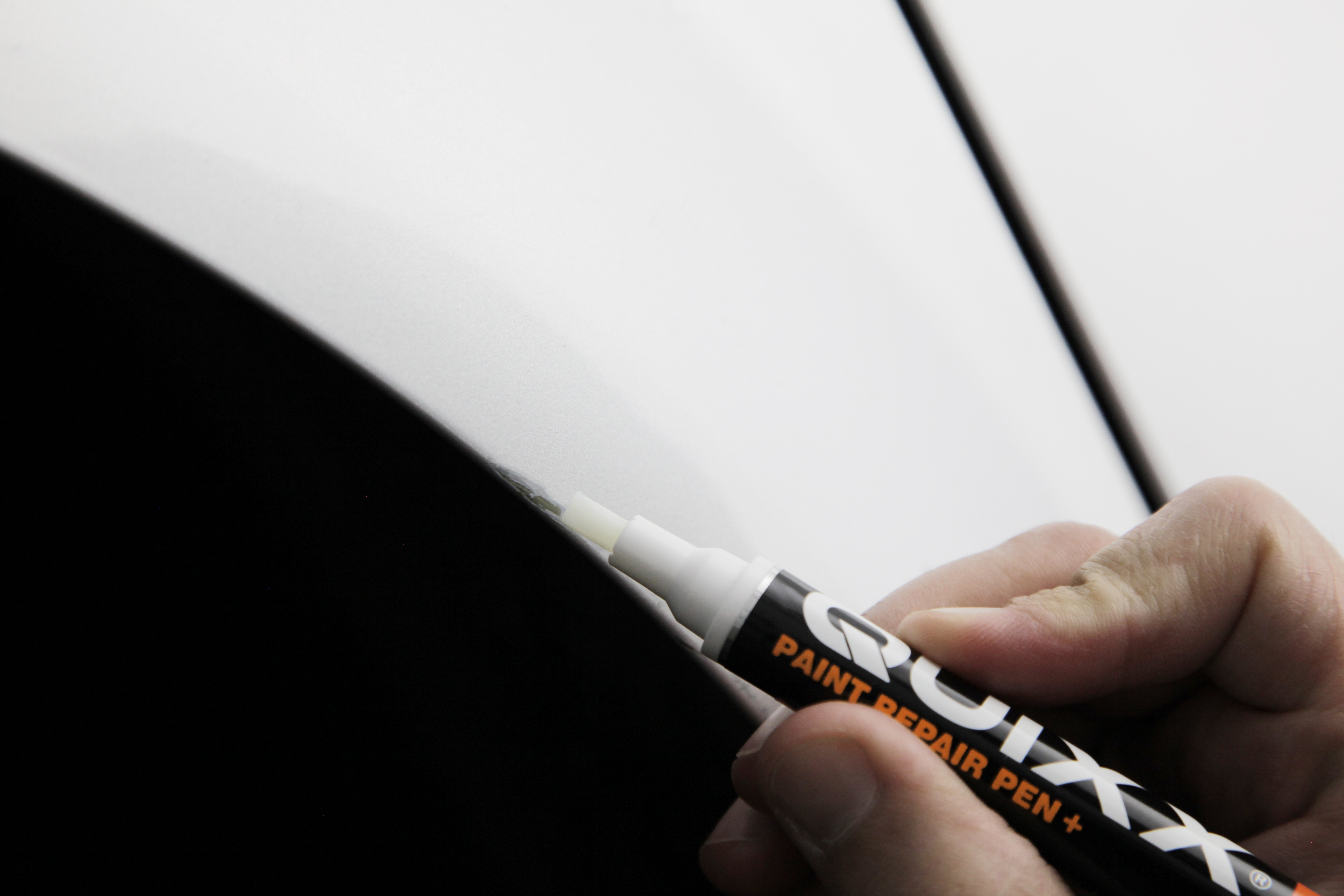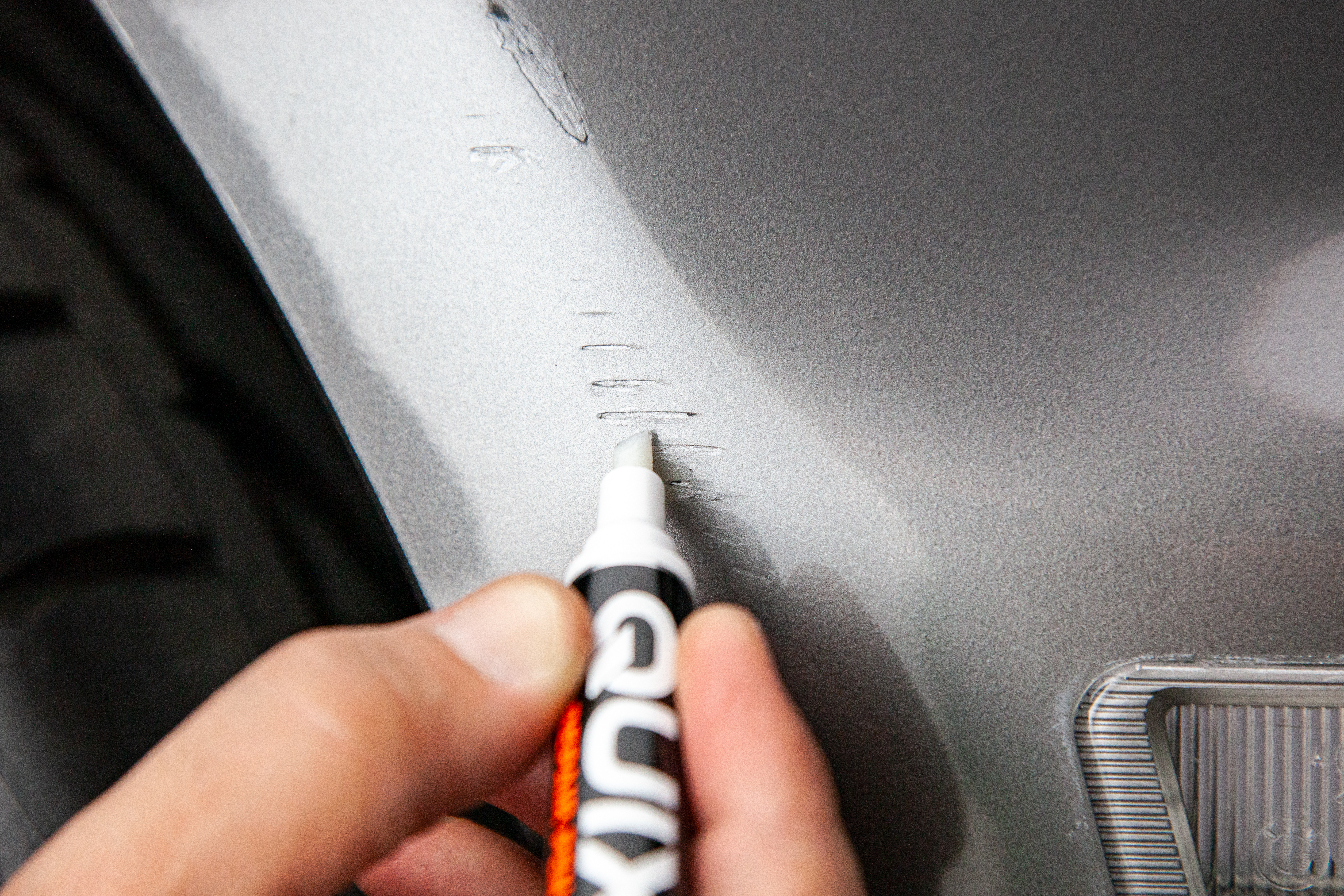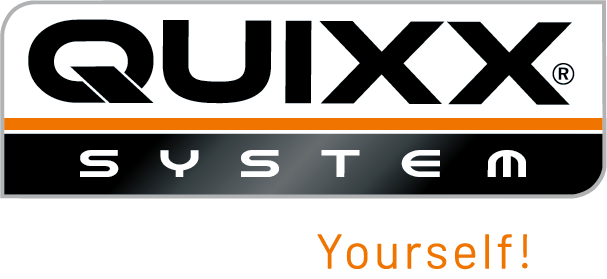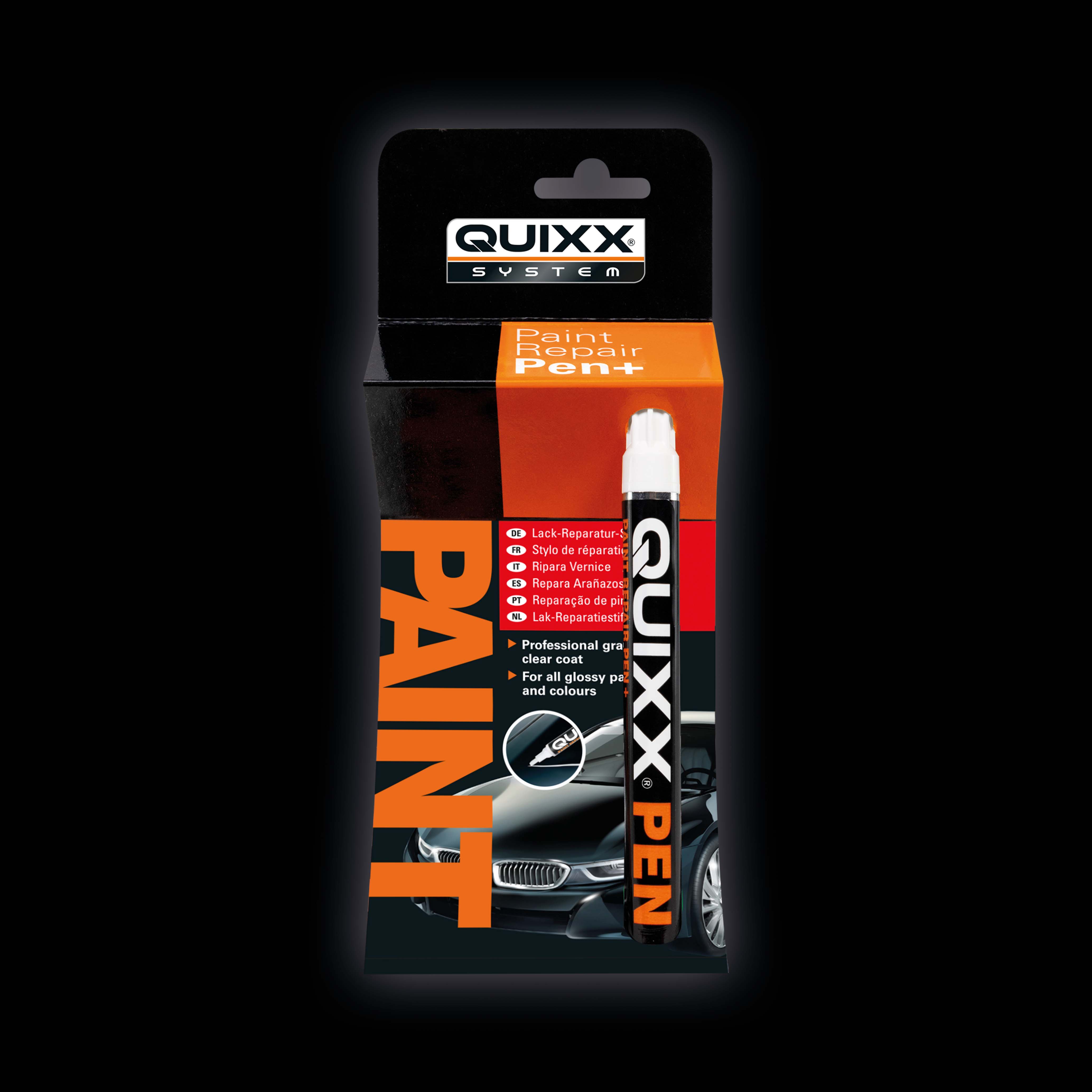Paint repairs
Car paintwork can never be completely safe from scratches – not only because of unintentional contact when getting in and out of the car in the car park or when the car park entrance is suddenly offset by a few centimetres and threatens your paintwork. There have also been cases where children have "embellished" Daddy's bonnet... And a careless brush with a shopping trolley can also spoil you mood if it results in a scratch in the door.

Damage occurring - not even self-inflicted
Many drivers are also have concerns at the New Year or on "Walpurgis Night" at the end of April, because vandalism often peaks at this time. Firework rockets coming back to earth on new Year’s Eve are usually no threat to the paintwork because in most cases traces of smoke can be removed with car polish such as that contained in QUIXX Paint Scratch Remover Kit – Polish No.2.
Go to the professional or do it yourself?
Here at QUIXX our motto is clear: Do it. Yourself! Therefore our advice is: Unquestionably do it yourself. Our product is not expensive and it is definitely worth a try. Many users of our products have stated in internet forums that they themselves were surprised at how well they managed even what seemed hopeless cases.

Has this ever happened to you before?
Enthusiastic or destructive journeymen scratch the car paintwork? The same thing can happen at any time if some troublemaker keys your car. This usually causes more serious damage to the paintwork and requires immediate action. Deeper scratches can quickly result in rust and worsening of the original paint damage.
You only have to invest a little time and maybe you could enjoy the repair. And we are sure that you can carry out the repair yourself. Our instruction manuals, written by professionals, explain every step of the repair process.
How is car paint structured?
In order to be able to classify what kind of scratches has occurred, you should take a closer look at the structure of a car paint:
A fine layer of paint called cataphoretic electrodeposition paint, usually grey in colour, is applied as a dip primer to the bare sheet metal car body, which mainly serves as a protection against rust. This is followed by a layer of primer (filler), which usually appears white, and finally the base or metallic paint, which gives the paint its colour. Finally, a layer of clear coat that is very thick compared to the other layers is sprayed on as a preservative protective layer. How to treat which type of scratches?
Thanks to the very thick finish layer of clear coat, scratches are often not as bad as they look and can be treated very well with our QUIXX special products. If the clear coat is only superficially damaged (micro-scratches, can often be seen on car door handles), light scratches can usually be polished out with a conventional car polish and a little patience.
Slightly deeper scratches will have caused considerably greater damage to the clear coat. If the damage was caused by contact with another car, besides the scratch there will also be remnants of paint form the other car. A conventional car polish is no longer sufficient. In this case we recommend our QUIXX Paint Scratch Remover. Powerful polishing particles not only effectively remove the different coloured paint, but also compensates for the damage sustained by the clear coat.
If the damage is much deeper and the scratch has reached the base coat or primer (appears white or grey) then the QUIXX Paint Repair Pen comes into play.
Eliminating small stone chips with the paint repair pen.
Stone chips, often found on the bonnet, can be removed quickly and easily with the QUIXX Paint Repair Pen. The fibre head, similar to a felt-tip pen, enables the amount of paint to be properly controlled and precisely applied. It is best to pat the affected area several times and then allow the treated area to dry thoroughly. The smooth finish of the paint surface can then be restored by applying a a good polishing agent (included in the QUIXX Paint Scratch Remover Kit - Polish No. 2).



